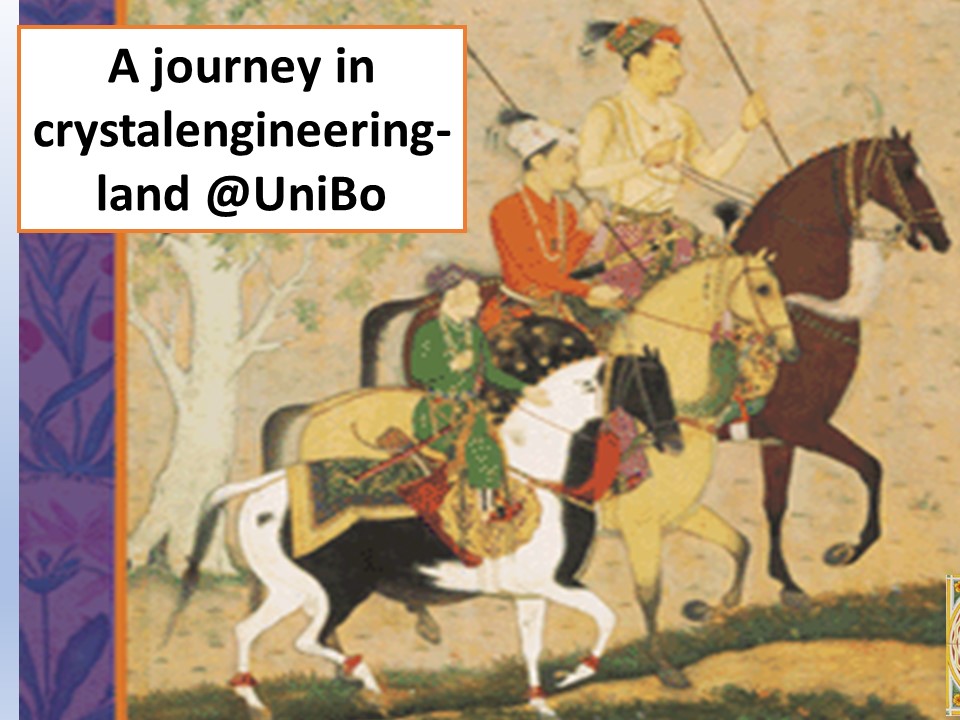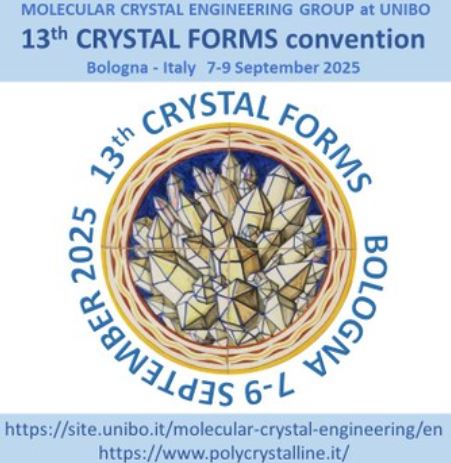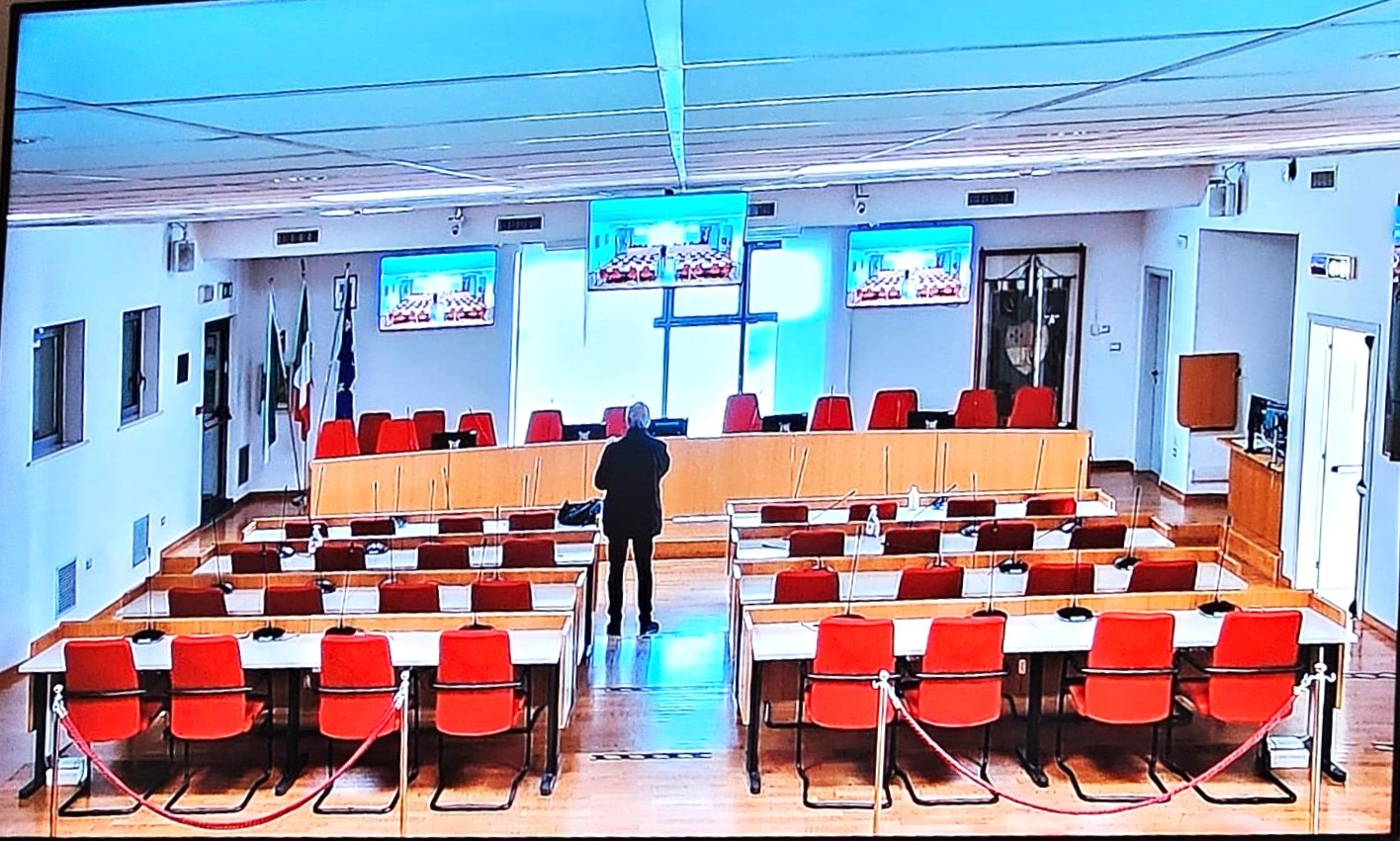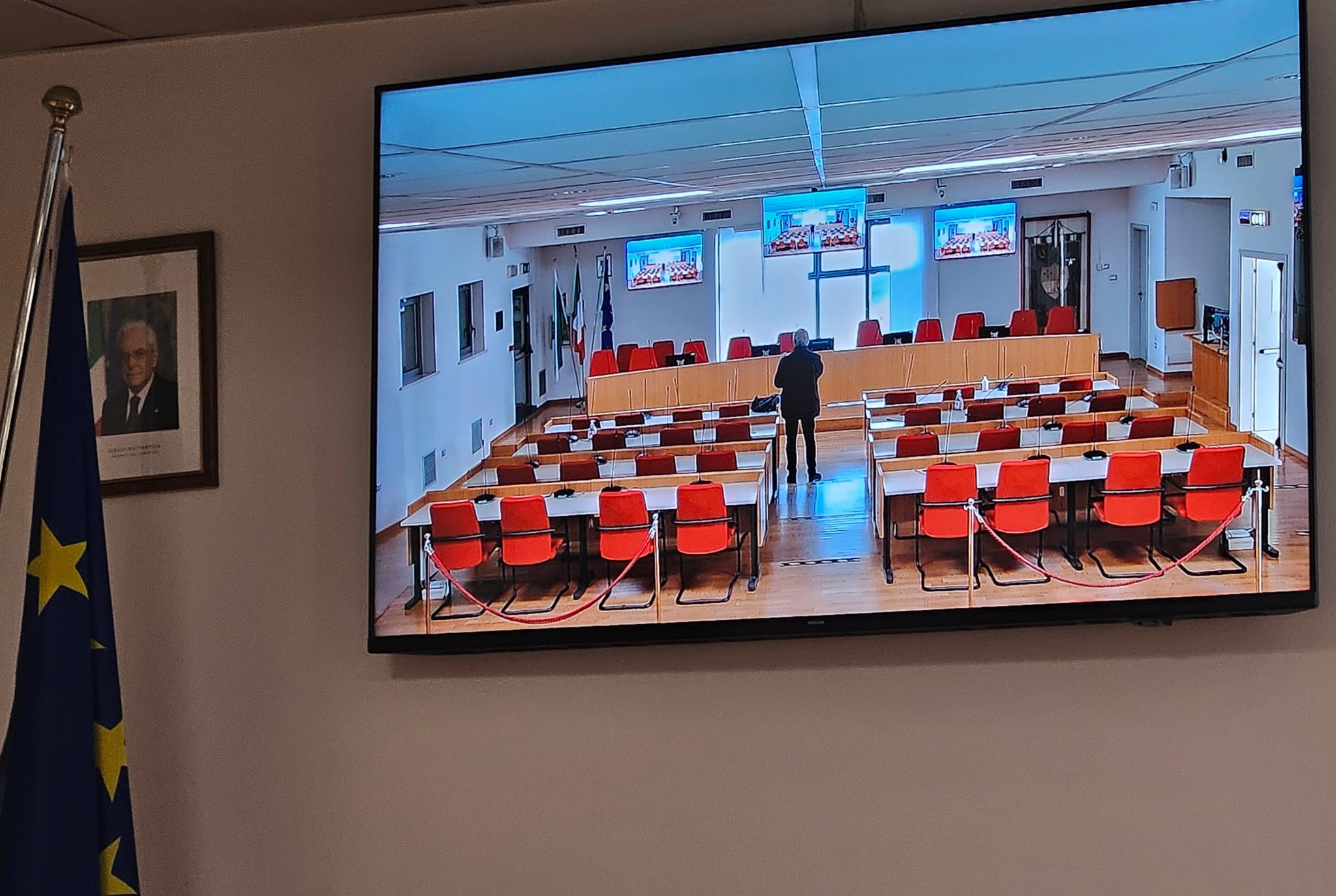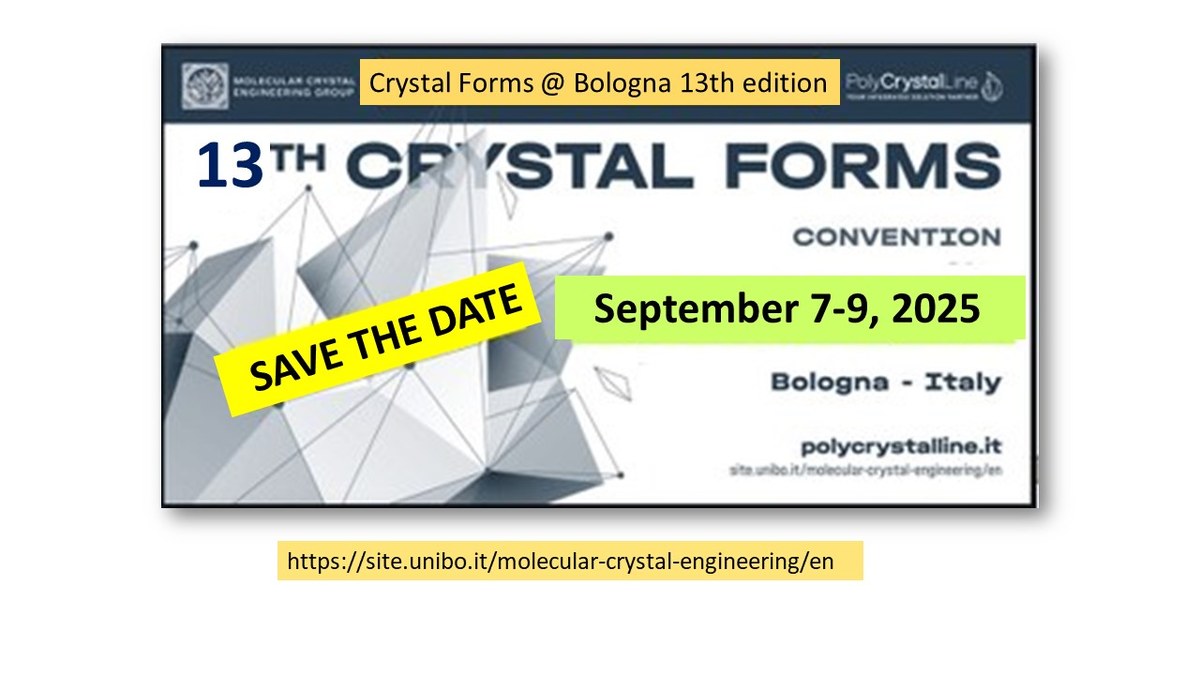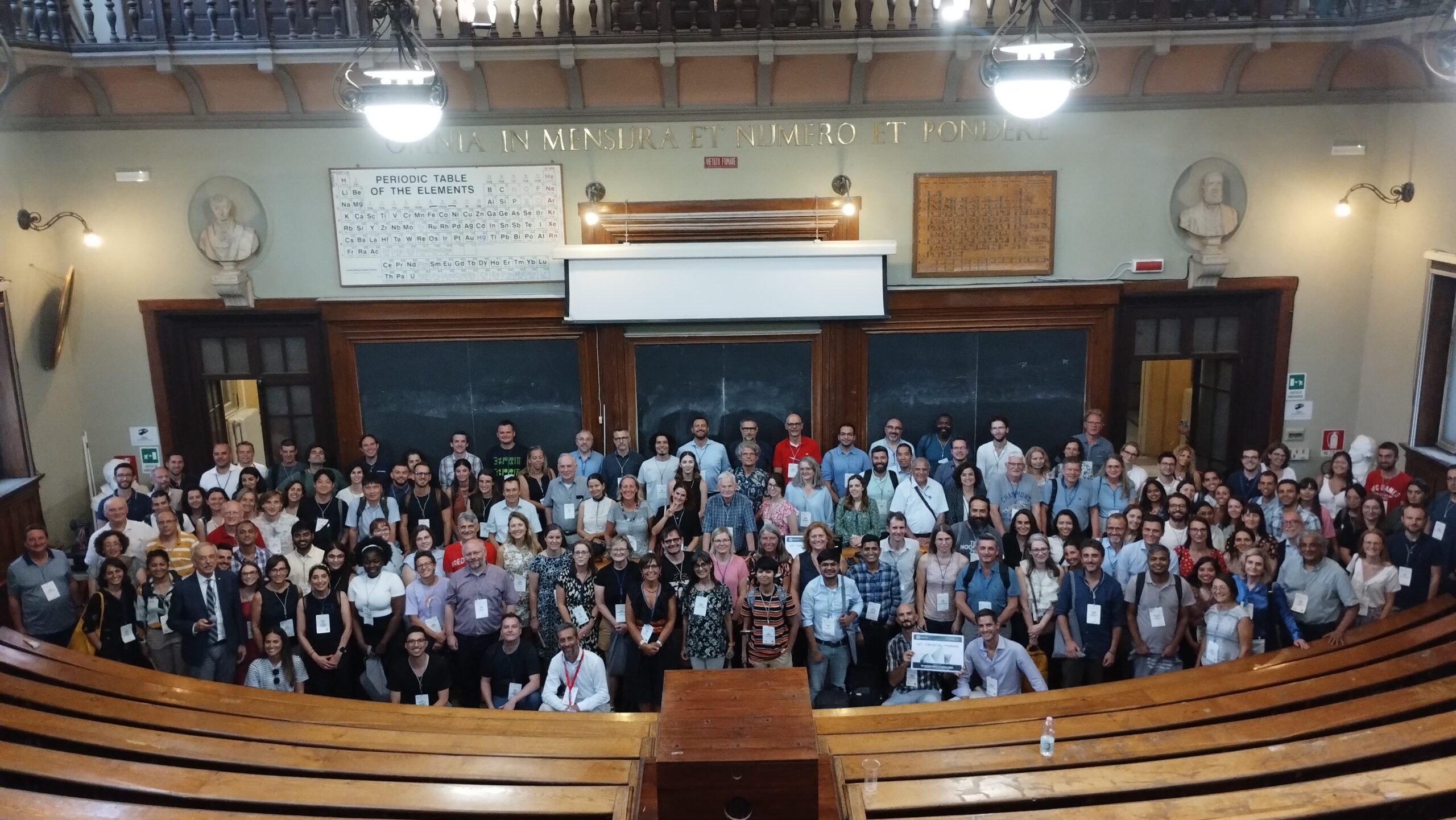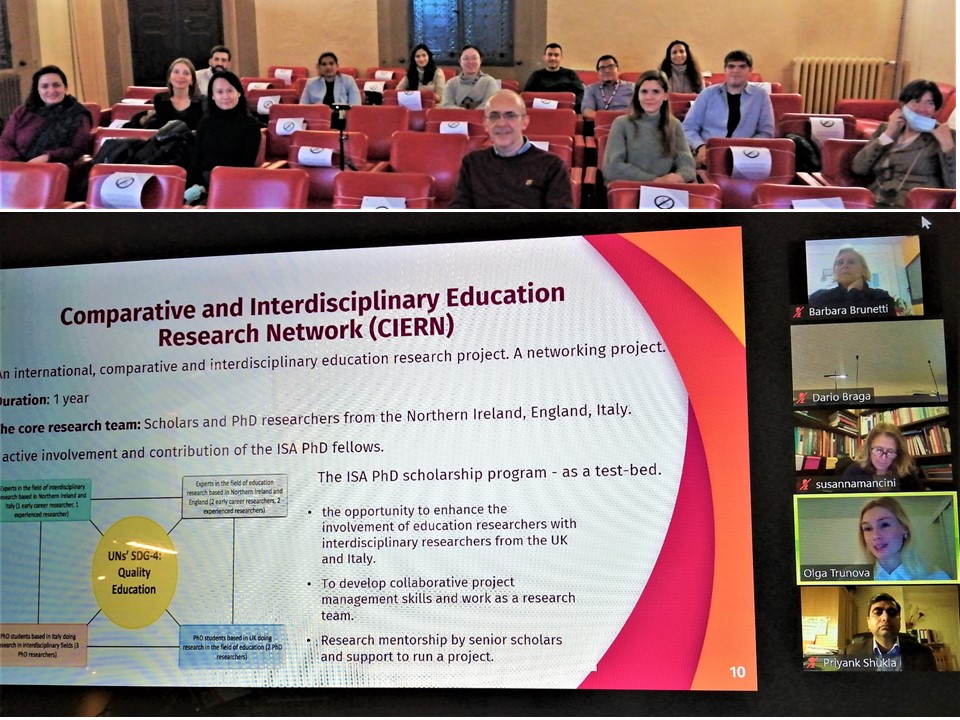Meeting of the Italian Crystallographic Association 5-6 September 2023
In the beginning there was no crystal engineering, only crystallization. The products of crystallization were crystals, and determining the “molecular and crystal structure” was the challenge, the beginning and the end of the work of a crystallographer. It is easy to understand why synthetic chemists and crystallographers were bound by a love-hatred relationship: the former depended on things that could not control: availability of the diffractometer, hence time, queue, priorities, diffraction quality of the crystals, etc., while the latter depended on the preparative chemist to be given good crystals to work with, exciting scientific problems, and challenges. At the end of the 80’s things changed. On the one hand, diffraction and computational facilities became cheaper, faster, and more accessible, crystal data were stored in databases that could be interrogated. At the same time, the strong wind of supramolecular chemistry, the chemistry beyond covalent bond, begun to blow bringing many to realize that a crystal is, after all, an “organized entity of higher complexity held together by intermolecular forces”. A paradigm shift: crystals as solid supermolecules with collective properties resulting from the convolution of molecular properties with crystal periodicity. Hence, crystals as materials with collective properties resulting from the complex, and often not unique, compromise between optimization of molecular and crystal structure. Crystal engineering was born, and many crystallographers became crystal makers.This evolutionary step had consequences: first, the need to minimize the chance of investing on thermodynamically unstable materials, by gaining some degree of control on crystal polymorphism; second, the need to explore viable alternatives to crystallization from solution, for example by mechanically mixing solid reactants; third, the need to strengthen methods for structure determination in the absence of suitable single crystals, hence structure solution from powder and computational simulations, and, fourth, the need to expand competence in solid state techniques beyond crystallography. Thanks to the success in all these directions, we are able today to build, compute and characterize crystalline materials for an incredible variety of applications. Crystal engineering has turned into the wholesome “holistic” discipline that we enjoy today beyond the boundaries of chemistry, across different areas of science, connecting physics, engineering, biology, pharmacy, environment and agriculture, still growing at exponential pace. Crystal engineering is now at the “delivery” stage. The literature shows the vastity of successful applications of the “making crystals by design” approach. In this talk, I will only be able to touch upon a limited number of examples coming mainly from the work of the Molecular Crystal Engineering group at the University of Bologna.
I acknowledge the long-standing collaboration with Fabrizia Grepioni, Lucia Maini and Simone d’Agostino, and that with many great friends and scientists in Italy and abroad I have had the fortune to work with. There is not enough space to list them all.
